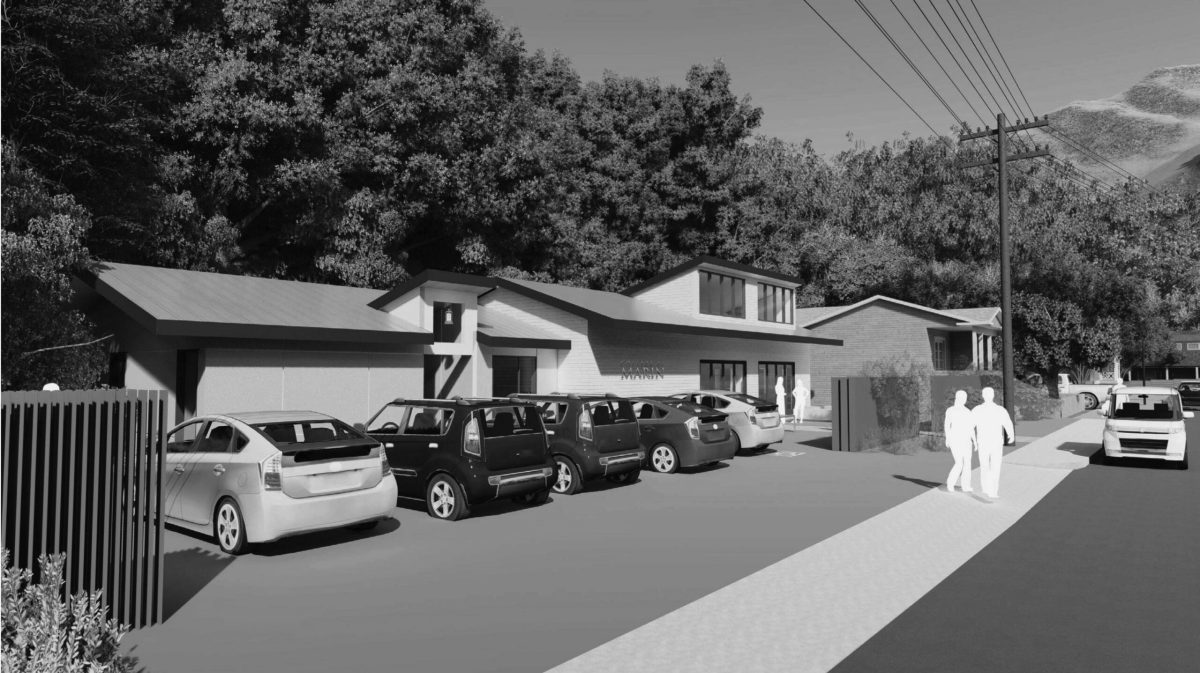Bolinas residents okayed the latest design plans from the College of Marin for a proposed rebuild of the defunct marine lab on Wharf Road . . .
College of Marin hones plan for Bolinas marine lab rebuild


Bolinas residents okayed the latest design plans from the College of Marin for a proposed rebuild of the defunct marine lab on Wharf Road . . .